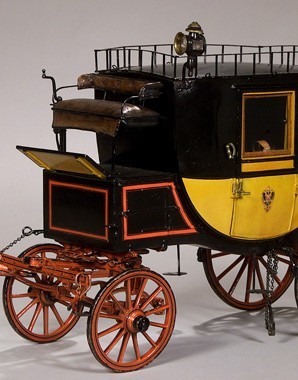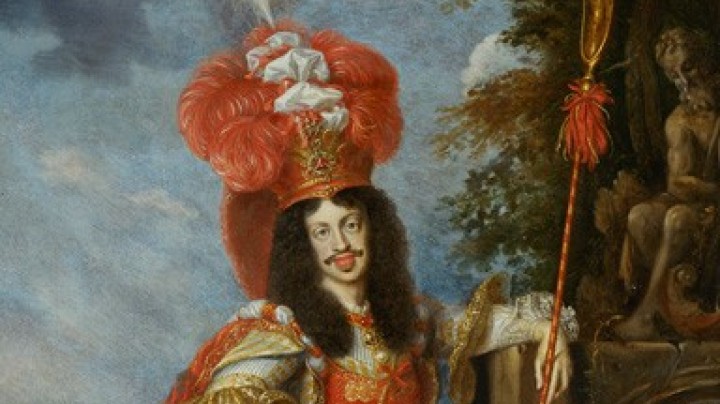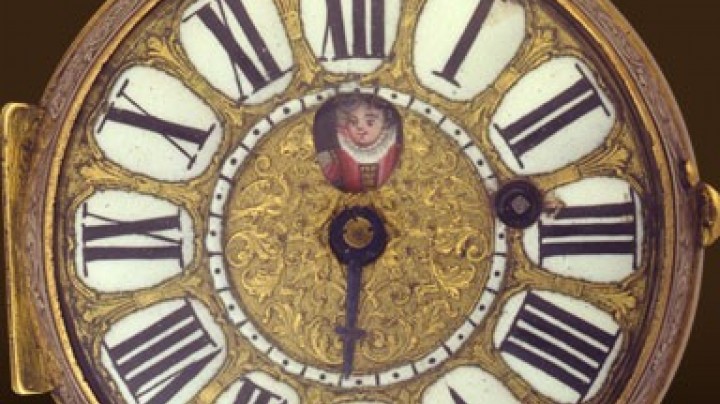Tour de France and Giro d’Italia: popular tours even before the days of the racing bike
The sixteenth-century nobility was confronted with new educational ideals: fencing and single combat on the battlefield were no longer enough.
Until that time, physical training had been the main objective of an aristocratic upbringing. Fencing, riding and vaulting had to be learnt and practised at tournaments. In the course of the sixteenth century, however, most tiltyards were converted into magnificent gardens, and on the battlefield the technique of single combat was regarded as outdated. Instead, large armies of mercenaries and new combat strategies were deployed.
Thus the nobility were compelled not only to adapt to these changes in the military sphere but also to the circumstance that specific qualifications were required for the large numbers of new positions created by the new administrative structures of the state. In order to enter state service, the nobility had to acquire an education.
In the late sixteenth century many young aristocrats therefore embarked on the Grand Tour in order to explore foreign countries, establish contact with their compeers and to study. These journeys were usually undertaken in the company of a tutor, and often took months, or even years, depending on the financial means available. They travelled along fixed routes such as the ‘Giro d’Italia’: taking the Brenner Pass, the young men would visit Venice, Padua, Bologna, the Santa Casa pilgrimage church at Loreto and finally Rome. As the French court of Louis XIV was regarded as the epitome of princely grandeur, the ‘Tour de France’ also became an indispensable part of the journey, which included Strasbourg, Nancy, the academies (boarding schools for the lower nobility) in Angers or Sedan and finally Paris. Until the end of the seventeenth century, the Netherlands were also a popular destination on these educational journeys.
These Grand Tours often provided a ‘passport’ for admission to Court service or for obtaining positions in government and administration.
At the end of the sixteenth century new educational institutions were founded on French models where young aristocrats were able to secure entry to the most prestigious positions at Court, in state service, the administration and the military.














